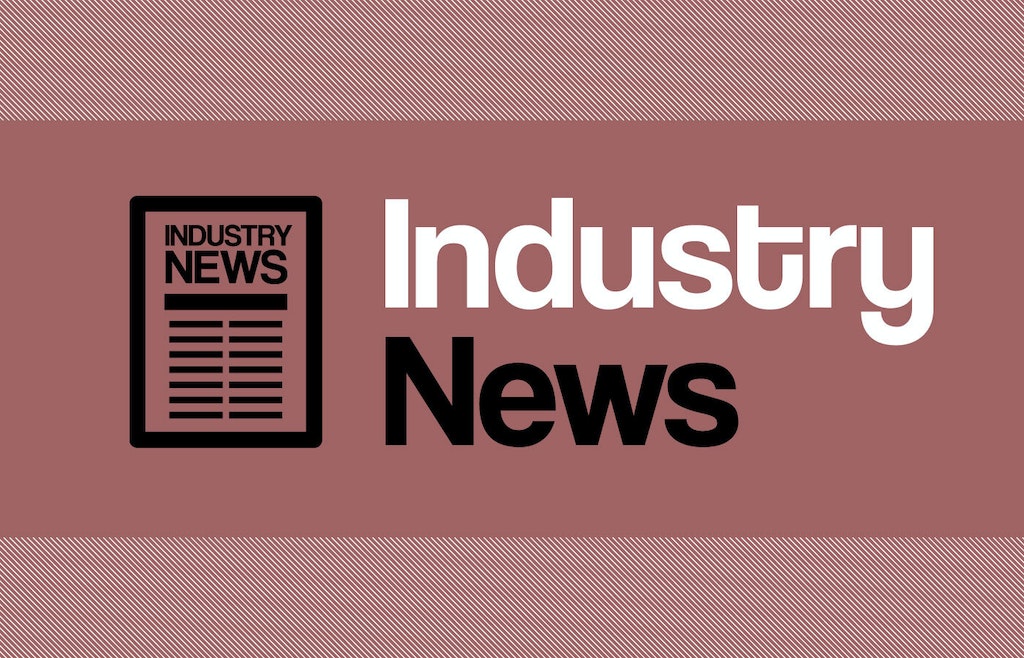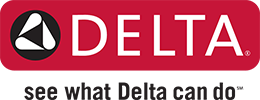The government loves to create new regulations for the plumbing and HVAC business, doesn't it? On the heels of the new efficiency standards for HVAC (SEER2, EER2 and HSPF2), we're also looking at new energy efficiency standards for water heaters, guidelines for safe drinking water and water conservation efforts. If you're having trouble keeping up with the new rules handed down from D.C., don't worry. Goodin has you covered. Here's a look at the new plumbing legislation coming down the pike, and what it may mean for you and your business.
The Department of Energy is proposing new energy efficiency standards for water heaters that are designed to save U.S. households $11 billion each year on their utility bills, and there's a new rule about NOx emissions from water heaters, too. Let's look at both of these new standards.
Energy standards for water heaters
Once the law is passed, the new standards won't go into effect until 2029, but that'll be here before we know it. Best to be prepared now. According to the Department of Energy, these changes will require the most common-sized electric water heaters to achieve efficiency gains with heat pump technology and gas-fired instantaneous water heaters to up their efficiency through condensing technology. For you, it will mean recommending new models that comply with these new standards. For your customers, it means hefty savings on their utility bills. For the environment, it means reducing 501 million metric tons of harmful carbon dioxide emissions cumulatively over 30 years — roughly equivalent to the combined annual emissions of 63 million homes, or approximately half the homes in the United States.
NOx emissions standards for water heaters
Fossil-fueled water heaters account for a significant amount of nitrogen oxide (NOx) emissions, which spells trouble for our environment. The EPA tells us NOx is a culprit in respiratory problems, low water quality, ground-level ozone (we didn't know there was such a thing!), smog, acid rain and global warming.
Many states, cities and municipalities have their own standards for NOx emissions, making it difficult for pros to know exactly what to recommend to their customers. Generally, it's a choice between a low NOx unit and an UltraLow NOx.
To get the full information, check this out: The Regulatory Assistance Project (RAP) has developed a model rule for NOx emissions standards for water heaters that U.S. state and local regulators use. It's a long, detailed document, but the most important information for you are the dates these rules need to be in effect. You're likely already dealing with the initial emissions limit that went into effect in October 2022. The more stringent limit takes effect in January 2030. The final limit, for water heaters to have zero NOx emissions, is down the pike a ways, in January 2035.
Safe drinking water
The government is renewing its oversight and interest in local drinking water. Here are a few new developments to be aware of.
Reduction of Lead in Drinking Water Act (RLDWA)
The RLDWA is nothing new; it was signed into a law back in 2011 to reduce the amount of lead in drinking water to define exactly what is considered "lead free" for plumbing materials and fixtures. It lowered the maximum lead content, established a new method for calculating the lead content and eliminated voluntary standards. But standards are revisited and revised often. Bottom line for plumbers: If lead-free materials aren't required in your area now, they will be.
Lead-Free Requirements of Safe Drinking Water Act (SDWA)
According to the EPA, "The Safe Drinking Water Act (SDWA) was originally passed by Congress in 1974 to protect public health by regulating the nation’s public drinking water supply. The law was amended in 1986 and 1996 and requires many actions to protect drinking water and its sources — rivers, lakes, reservoirs, springs and ground water wells. SDWA authorizes the United States Environmental Protection Agency (US EPA) to set national health-based standards for drinking water to protect against both naturally-occurring and man-made contaminants that may be found in drinking water. US EPA, states, and water systems then work together to make sure that these standards are met."
But, like the RLDWA, just because these laws were passed awhile back, doesn't mean there won't be new initiatives. In May 2023, Minnesota allocated $240 million to map and remove lead pipes statewide. This effort is already underway.
Water conservation efforts
Water conservation in residential buildings is one of the top plumbing trends this year. It means people are interested in using Water Sense-certified toilets and other appliances like washing machines, low-flow shower heads, smart home water monitors, graywater systems that reuse water from showers and sinks for irrigation, and more. They're investigating rebates for doing things like (old-fashioned though it may be) installing a rain barrel to catch and reuse that water.
For technicians, it means staying up on the latest and greatest plumbing technologies to help your customers save water.
Goodin Company can help with all of it! Whether you need the newest-rated water heater or a smart water system, we've got the tools for the job.
Find what you need! Contact us today!





